16. Schock (Shock, 1977)
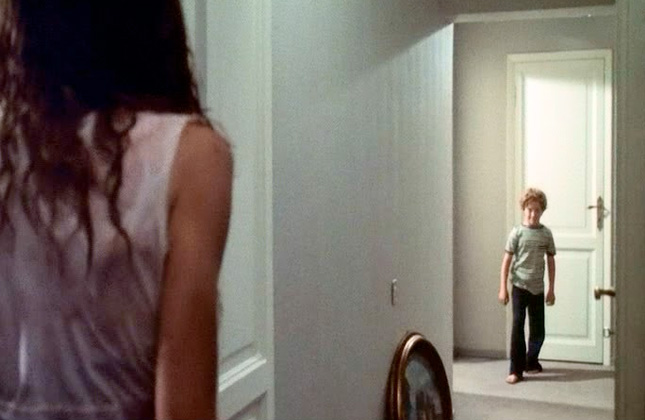
Bava’s last film (excluding “La Venere d’Ille”, a medium-length television film from a 1979 series which Mario Bava co-directed with his son and future film director Lamberto, who also co-wrote “Shock”) is one of the most terrifying works in his entire filmography.
The story follows Dora (Daria Nicolodi, Dario Argento’s partner and inspiring muse) and her new husband Bruno (John Steiner) and son Marco (David Colin Jr.) moving into Dora’s former house. Of course, eerie and supernatural phenomena begin to disturb Dora’s mental state, already altered from the years spent in a psychiatric institution after the death of her first violent husband Carlo (Nicola Salerno).
A basic plot, a haunted house, a creepy kid: everything that is today considered to be a cliché in the horror genre can be found here. Released two years before “The Amityville Horror” and still often referenced today (the best jump-scare from John R. Leonetti’s “Annabelle” has a very clear origin in this film), “Shock” is an excellent movie and an important forefather to many modern successful horror flicks.
15. Gli Invasori (Erik the Conqueror, 1961)
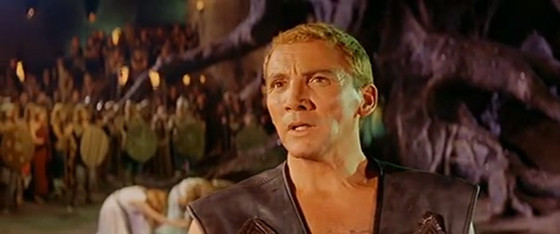
“Gli Invasori” tells the tale of two brothers, Erik (George Ardisson) and Eron (Cameron Mitchell), who are separated as children and meet again as rivals twenty years later. The first, Erik, has grown to be a true British Knight, while Eron is a brave classic Scandinavian viking. As the war over England breaks out, the two will reunite and fight their way to freedom.
Inspired by Richard Fleischer’s “The Vikings” (and of course by its commercial success), Bava directs yet another adventure film. What really stands out is the amount of horror and gothic elements: violence, blood, death, spiders and torture add a macabre vein to an otherwise conventional film with a decent script and great lighting.
14. Il Rosso Segno della Follia (Hatchet for the Honeymoon, 1970)
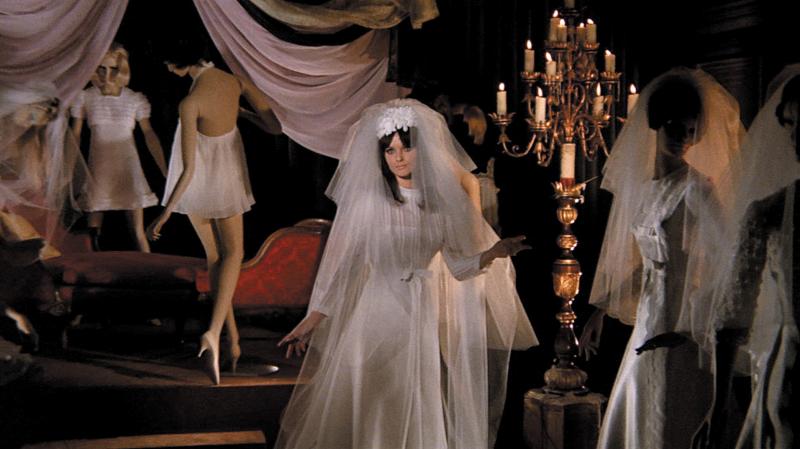
This amazing psychological thriller stars Stephen Forsyth as John Harrington, a sadistic serial killer who loves to chop to pieces women in their wedding gowns. Unable to divorce from his unhappy but weirdly attached wife Mildred (Laura Betti), Forsyth will move on to plan another murder with very unexpected consequences.
To say anything more about the plot of this strange, spectacular, clever, funny work of art would be a crime. Using internal monologue as a key to understanding the main character’s insanity and impotence, Bava shoots his own little “Psycho” rip-off with an incredible aesthetic taste, turning every act of violence and chilling sequence into an elegant elegy of light and color.
13. Ercole al Centro della Terra (Hercules in the Haunted World, 1961)
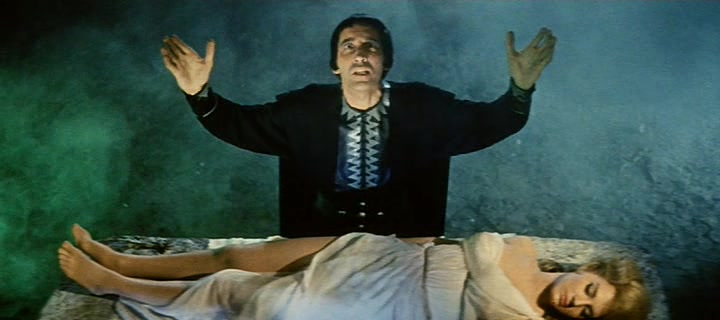
Just one year after his directorial debut with “La Maschera del Demonio”, Bava is called to direct his first adventure film (in this case a peplum, one of the most prolific subgenres in the history of Italian cinema). Reg Park stars as the titular hero, who returns from war only to find his lover Deianira under the influence of King Lico (Christopher Lee). With the help of Theseus and the goofy Telemachus (Franco Giacobini, in a role that will be virtually reprised in “Gli Invasori”), Hercules must enter the shadows of the Hades and retrieve a mythical Stone, the only object that possess the ability to awake Deianira’s mind.
Equal part peplum and horror film, “Ercole al Centro della Terra” contains a terrific performance from Christopher Lee and flawless set design,and is one of the best looking film Bava ever shot, founding his love for impossible and oniric lighting. Caves, palaces, pits of boiling lava, zombies (!) all come alive on the screen thanks to practical special effects and colourful inventions, making the movie one of the most original works by Mario Bava. A must-see.
12. Cinque Bambole per la Luna d’Agosto (Five Dolls for an August Moon, 1970)
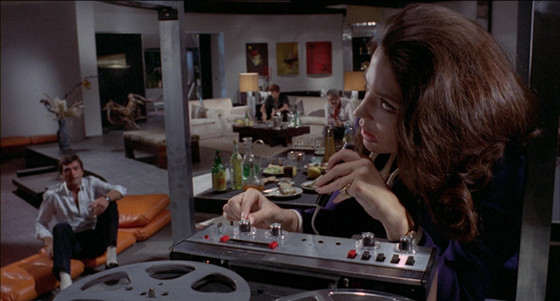
“And Then There Were None” meets Italian Giallo movies. The basic plot revolves around professor Fritz Farrell (William Berger) and his wife, invited to spend a relaxing week-end on a private island owned by the rich industrialist George Sagan (Teodoro Corrà) with some of his friends and wives. With a tempest menacing the lonely island and no possible way to escape its shores, a killer soon begins to haunt the villa and its surroundings.
Can overly complicated, unaccountable subplots and a generally bad script make up a good film? Yes, they can. Bava directs this narrative mess with an incredible wit, almost explicitly making fun of the characters and killings (which all happen off-screen), criticizing the greediness and existential boredom of the wealthy of the time in a way that could even be compared with the evidently deeper early films of Michelangelo Antonioni.
Piero Umiliani’s soundtrack highlights this criticism in the best of ways, giving what technically is a thriller and slasher B-movie a score that would perfectly work in any feel-good sexy comedy of the period.
11. Lisa e il Diavolo (Lisa and the Devil, 1973)
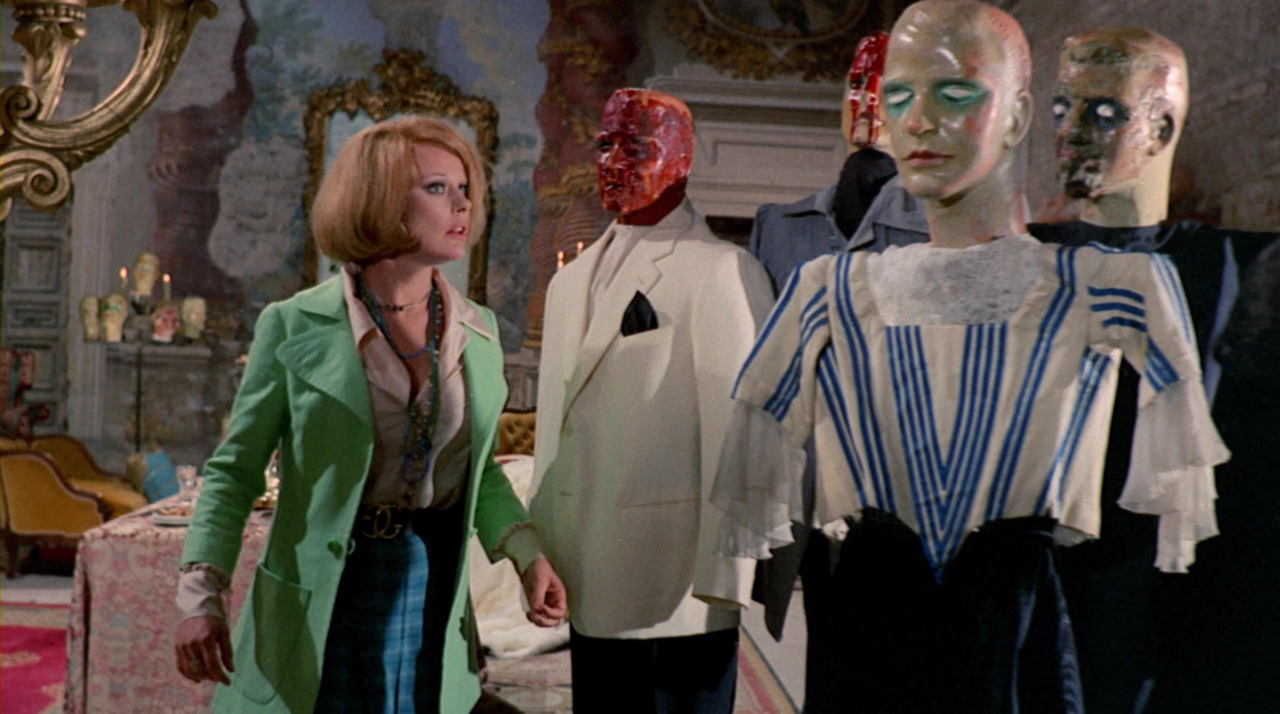
Lisa (Elke Sommer), a young American girl visiting the Spanish city of Toledo, meets Leandro (Terry Savalas) in a quite peculiar store and, because of his resemblance with an ancient painting of the Devil she just saw, runs in fear through the city’s streets. After witnessing a sudden and seemingly accidental death, Lisa finally finds help from a couple and their driver, but before reaching the hotel the car breaks down under a violent storm, and the only place to take shelter in is a huge, old mansion in which Leandro works as the butler. Of course, the family that lives in the house has many secrets to hide…
Fortunately, “Lisa e il Diavolo” is a way better film than Alfredo Leone’s “La Casa dell’Esorcismo” (number 24 in this list). Shot in Toledo and Madrid, this film is probably the most divisive in Mario Bava’s filmography: while most critics find it a minor and uninteresting work, many others actually describe this almost Gothic horror film as a masterpiece.
What is certain, by the way, is that scares, perversion and even necrophilia makes it one of the best Italian horror films of the Seventies (which wasn’t at all a bad decade for the genre), and Bava’s masterful and at the same time playful script and direction makes for a fast-paced, creepy experience that won’t be easily forgotten by many cinephiles and cult lovers.
10. Terrore nello Spazio (Planet of the Vampires, 1965)
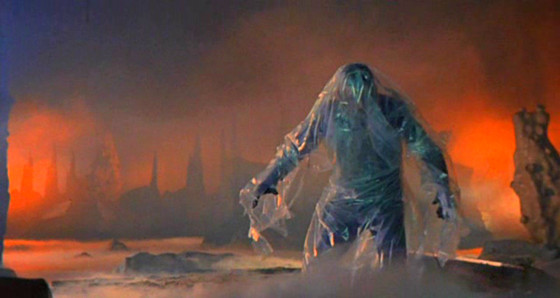
One of Nicolas Winding Refn’s favourite movies, “Terrore nello Spazio” marks the only Bavian entry in the sci-fi genre. Following the spaceship Galliot and his crew on the mysterious desertic planet of Aura in search of the disappeared crew of the Argo spacecraft, the film soon begins to turn into a nightmarish surreal slasher when the lost crew of the abandoned Argo is discovered dead because of some kind of fight that took place on the ship. And when their corpses begin to rise from their apparent death, all hell breaks loose.
Why is this film great? Because not only did this space opera influence Refn’s style and works (the Danish director has actually recently produced a 4K restoration of the film), but was also the origin for the “Alien” screenplay (and as Refn said in an interview: “When you look at the two movies, it’s not just similarities. It’s lifted structures, scenes, characters, dilemmas, themes that are very apparent”.
Finally, Bava’s own words from an interview can help explaining more of his usual working method: “People, and critics too, should know about the circumstances under which I had to shoot my films. On “Terrore nello spazio”, I had nothing, literally. There was only an empty soundstage, really squalid, because we had no money. And this had to look like an alien planet! What did I do then? I took a couple of papier-maché rocks from the nearby studio, probably leftovers from some sword and sandal flick, then I put them in the middle of the set and covered the ground with smoke and dry ice, and darkened the background. Then I shifted those two rocks here and there and this way I shot the whole film.” Brilliant.
9. La Ragazza che sapeva troppo (The Girl Who Knew Too Much, 1963)
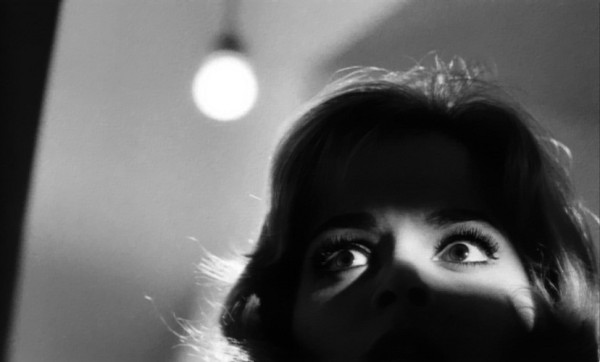
Nora Davis (Letícia Román), an American tourist in Rome to visit her elderly aunt, witnesses a murder after being robbed and knocked on the ground in Piazza di Spagna. Unfortunately, the police can’t seem to find any corpse, or even any clue about the real existence of a killer. The girl will have to team up with her doctor and love interest Marcello (played by John Saxon), while investigating what some mysterious newspapers articles found in friend of her aunt’s villa call the “Alphabet Killer”:
Considered to be the first Italian Giallo ever (another proof of how innovative and influential Bava’s films were on the Italian film industry of the Sixties), this thriller has a clear Hitchcockian imprint starting from the title to a plot full of red herrings and hidden identities. Co-produced with the American AIP and shot in a magnificent black and white, the film features a great performance by Valentina Cortese and also works as a romantic film, making it one of Bava’s most enjoyable non-horror film to date.